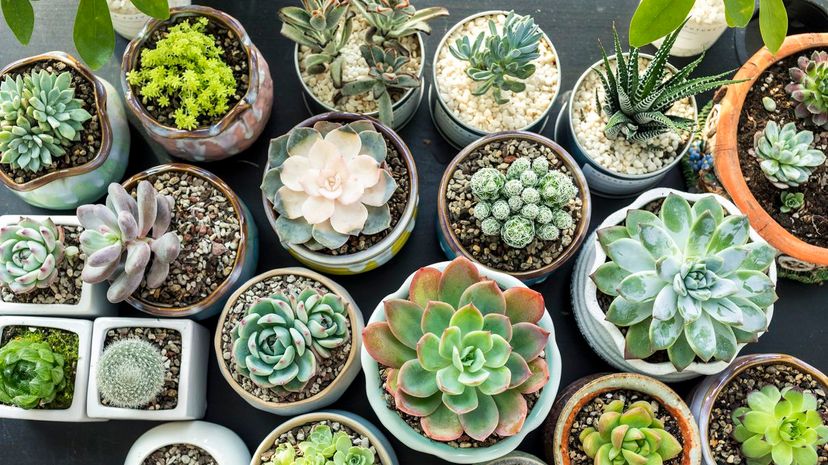
About This Quiz
Fancy you've got a pair of green thumbs? Think you know all there is to know about the plant life that surrounds us? We all appreciate our plants, whether we're growing them ourselves or we just simply enjoy certain areas of town because they're extra green and lush. However, when it comes to plants, there's a lot more than what meets the eye. These natural beauties are a part of an incredibly diverse and complex ecosystem, and whether you realize it or not, they're keeping us alive!
As you embark on this quiz, consider just how unique every species or category of plant really is. Think about how very differently a rose functions in comparison to a Venus flytrap, or what being an annual or perennial plant means for the life span of that organism. Reflect on the bigger picture and what these plants really do for each other and for the animal kingdom.
Whether you're studying horticulture or are a newly ambitious home gardener, the plant world is magnificent and packed full of interesting facts. Let's see how much you really know about our green friends! Even if you don't ace it on your first try, you'll definitely walk away with some new knowledge that will benefit you later on.
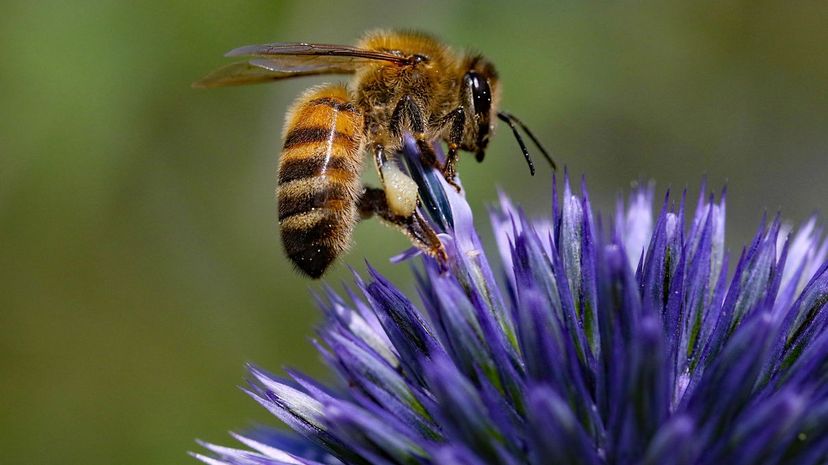
Honey bees really do serve one of the greatest purposes in all of the animal kingdom. Without them, plants and flowers would have a seriously difficult time reproducing. When a bee lands on a flower, pollen from that flower will stick to the hairs of the bee's body, and it'll then carry the pollen to another flower and then repeat that process over and over again.

Flowers have female and male reproductive parts just like so many other organisms. Its female, or seed-bearing, part is called the pistil, which is made up of an ovary, stigma and style. Sometimes, a flower can have exclusively female parts.
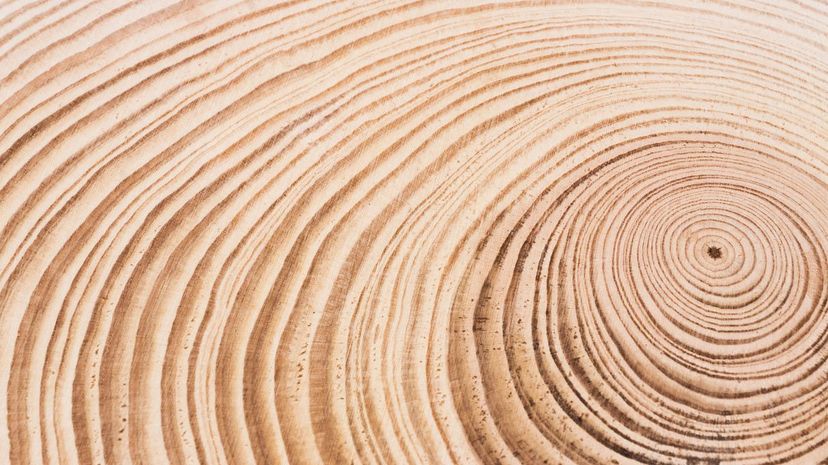
This may not be a foolproof way of calculating a tree's age, but it does at least get you very close. Typically, each ring you count equals one year of its life. Fun fact, the oldest tree in the world, "Methuselah" is said to be 4,800 years old-- imagine trying to count all of those rings!
Advertisement
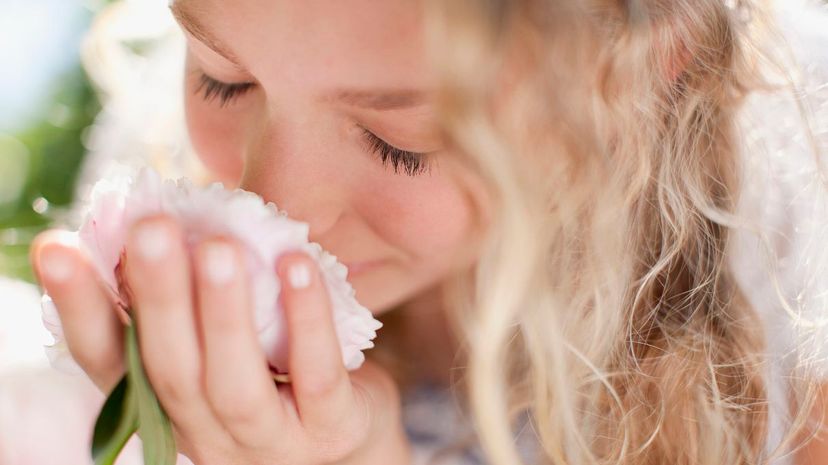
Flowers use their lovely scents to attract bees and other pollinators so they can spread their seeds and reproduce! Color also plays a part in attracting pollinators; color and scent together signal to them that nectar will be available if they visit the flower.
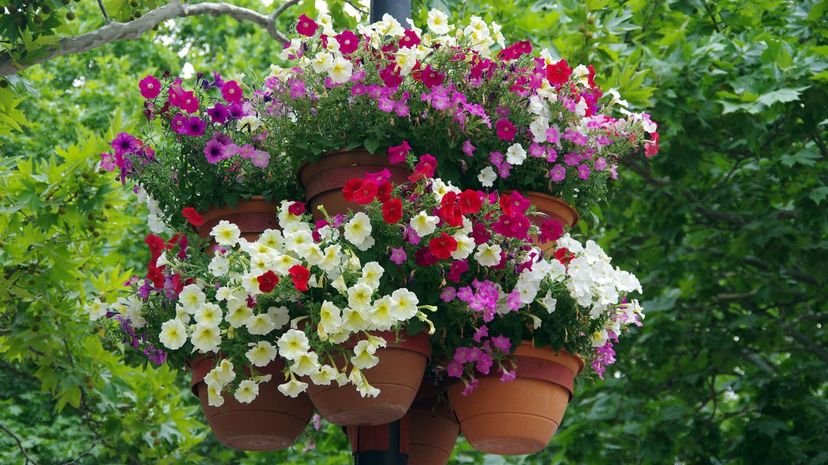
Think of an "annual sale" ... they come but once a year! Annual plants are those that will go through their entire biological life cycle within one year of planting it. Peas, watermelon and rice are a few examples of annual plants.
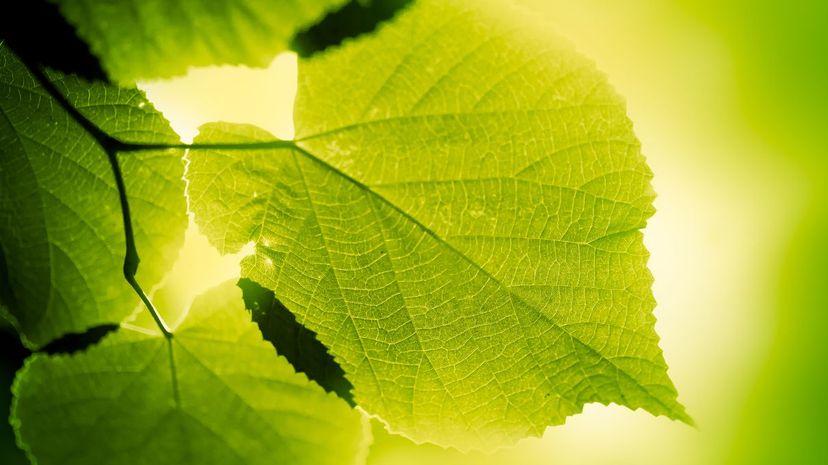
This is likely a term you remember from school. Photosynthesis is the process by which plants take in carbon dioxide and emit oxygen back into the atmosphere. Through this process, plants also harness energy for themselves.
Advertisement
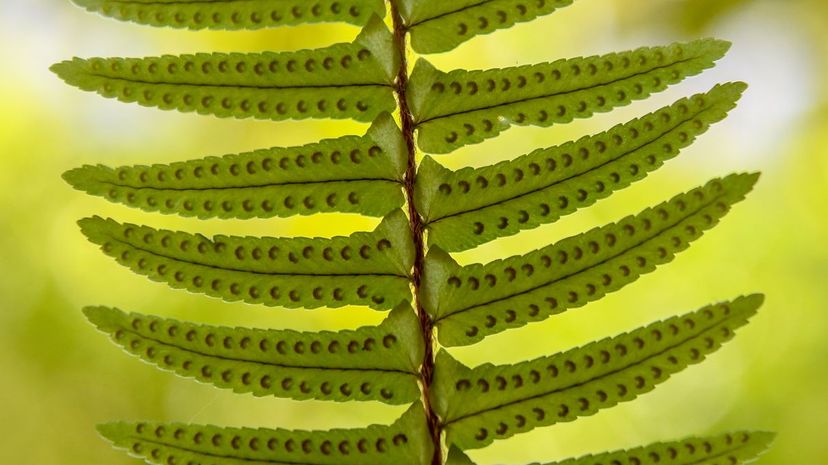
Rather than utilizing pollinators or simply dropping seeds on the ground, plants that do not have seeds will release spores into the wind, where they will be carried and land in a hopefully suitable environment to grow. Ferns and moss are examples of seedless plants.
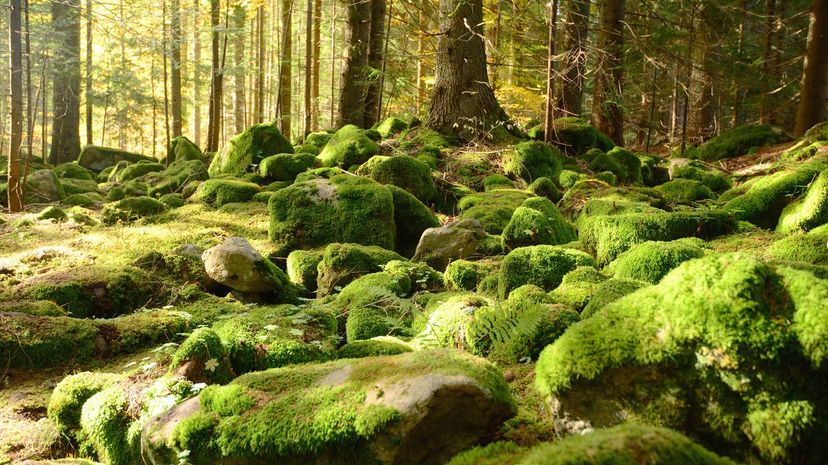
The term "liverwort" originated from the idea that early herbalists who studied these plants thought that one of the plants in this group resembled a liver. Some of these plants were also actually used as medicine for liver ailments.
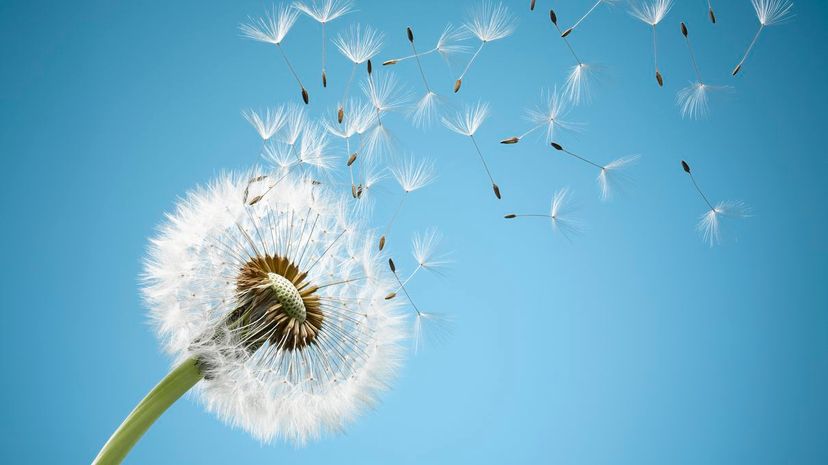
With how loose the seeds are on a dandelion, the wind very easily is able to dislodge them and take them all over. Think about how many dandelions you see just going for a walk, and even more, when you pick one up and blow on it, how many you have helped reproduce!
Advertisement
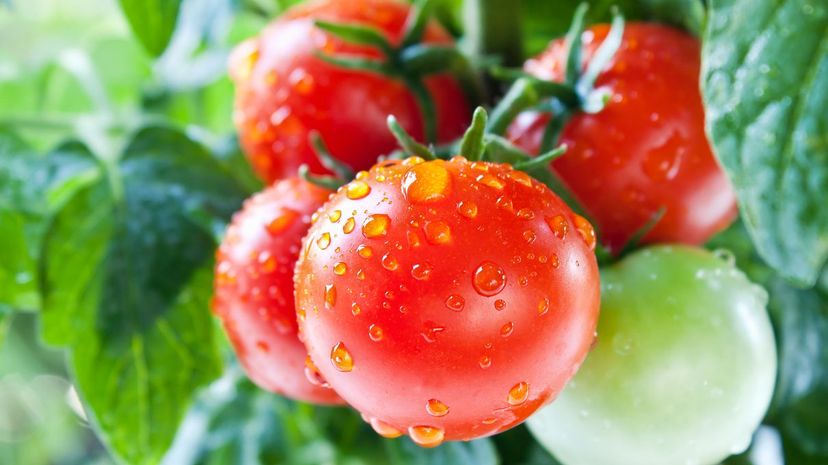
The debate over what is a fruit and what is a vegetable will surely never cease. However, one surefire way to tell that the piece of food you are biting into is a fruit is that it has seeds in it. The seeds indicate that the fruit developed from the ovary of a flowering plant, whereas vegetables grow from roots, leaves, and stems.
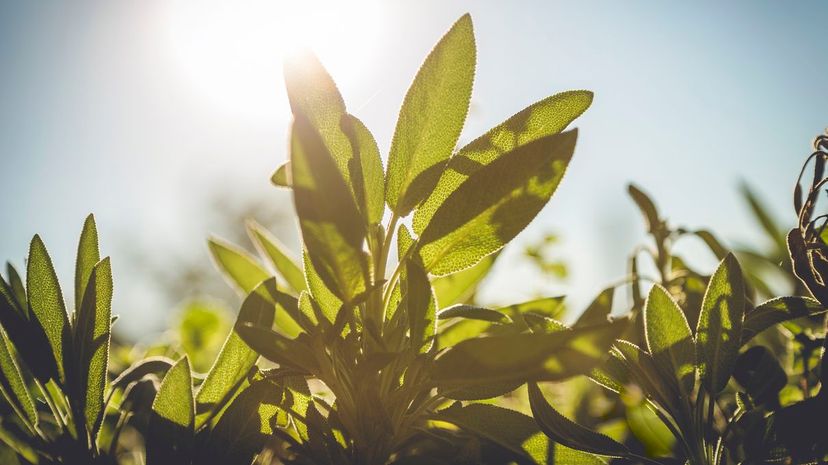
Leaves play an integral part in the photosynthesis process; they will absorb the sun's energy and then convert it into food for the plant, and as we learned up above, turn carbon dioxide into oxygen.
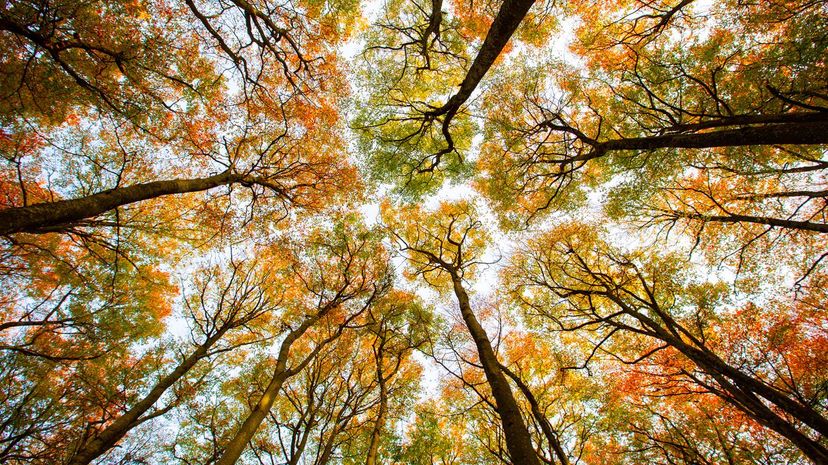
Deciduous plants are those which stay alive year-round, but will lose their leaves. They will usually shed their leaves in the fall and grow them back when spring comes around. A few examples of deciduous plants include oak trees, maple trees and hickory trees.
Advertisement

Sure, the spines on a cactus likely do help keep humans and animals from messing with them, but they are more there to help cacti retain moisture, even in the hottest of heats. Spines are actually essentially a cacti's leaves, they're just adapted for their environment!
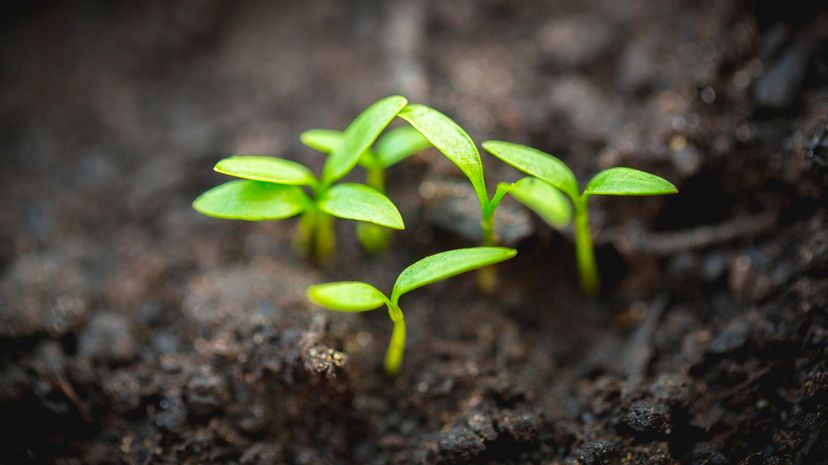
When we talk about the nutrients a plant needs, we're talking about the nutrients found in the soil the plant is in. In this case, those nutrients are nitrogen, phosphorus and potassium. Others that are very beneficial include calcium, magnesium and sulfur.
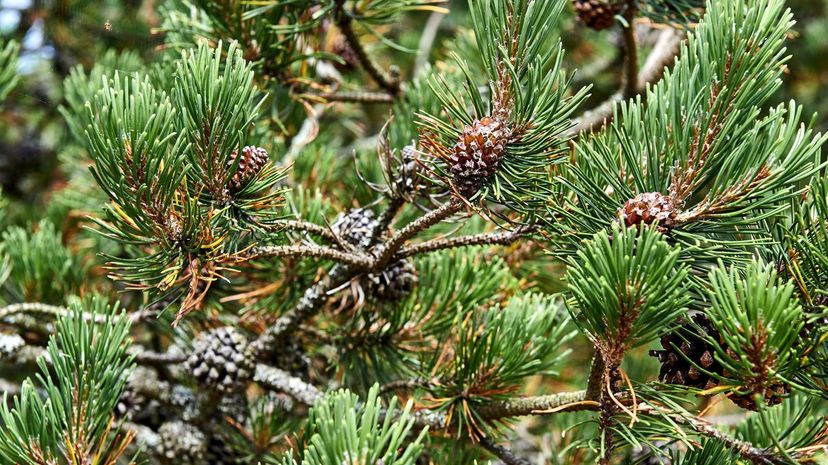
Birds often will peck at pinecones, opening them up and allowing for the seeds inside to drop to the ground. Squirrels can do this as well. Once on the ground, the seeds either take root right there next to the mother tree, or they can easily get moved by the wind or even on the wings or fur or an animal.
Advertisement
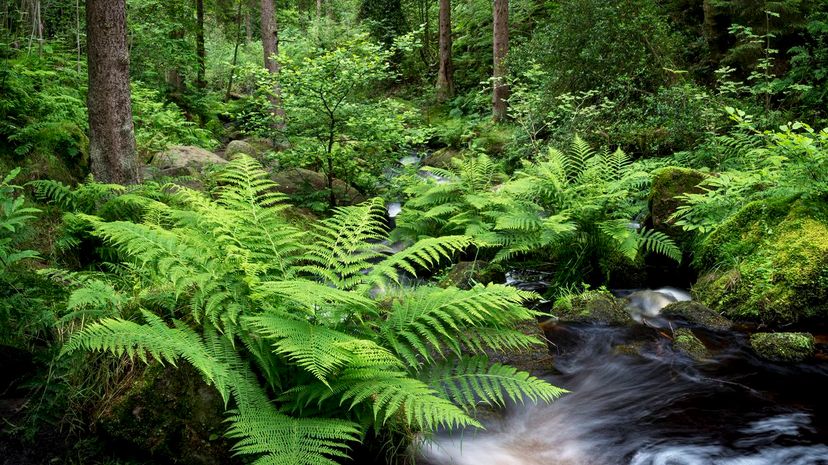
Ferns are considered non-flowering plants because they do not produce seeds. Instead, they produce spores, which are what they use to reproduce. Non-flowering plants are not typically as successful in reproduction as flowering plants are, but still, they're doing just fine!
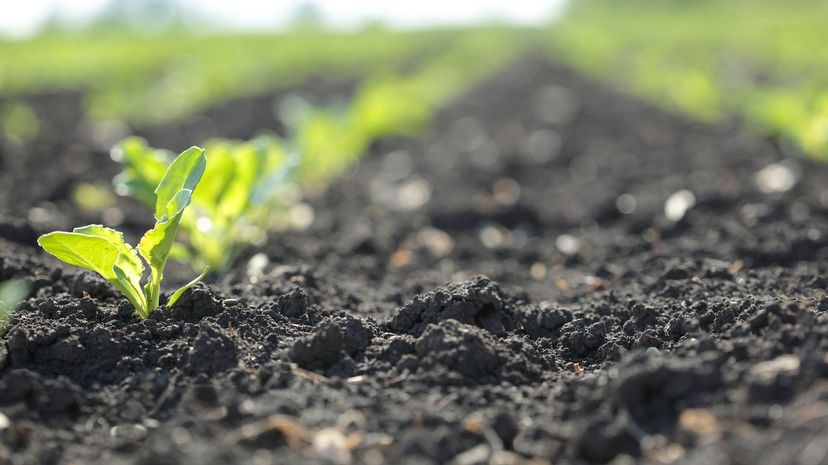
Anyone who has tried their hand at gardening knows how important a good mixture of nutrients and organic material are. If you are planting something, you will want to be sure you are purchasing a soil that has an even amount of sand, silt, clay and organic matter.
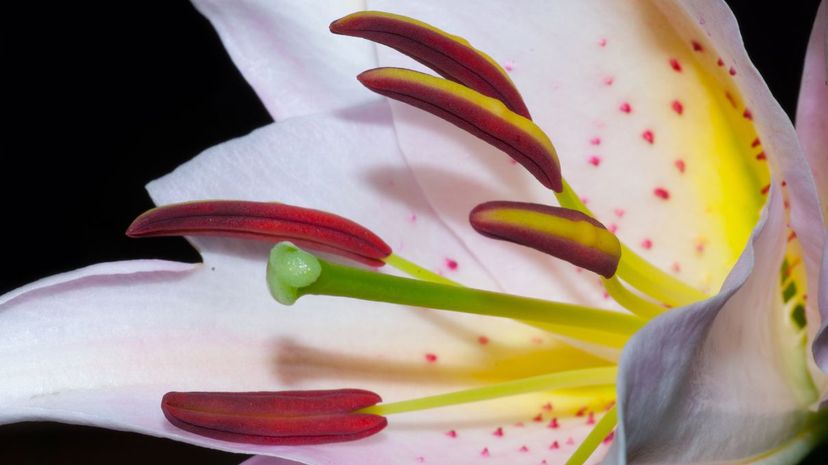
Plants have male and female parts so they can reproduce. The male, or pollen-bearing part of a plant is called the stamen. That is made up of what are called the filament and the anther.
Advertisement
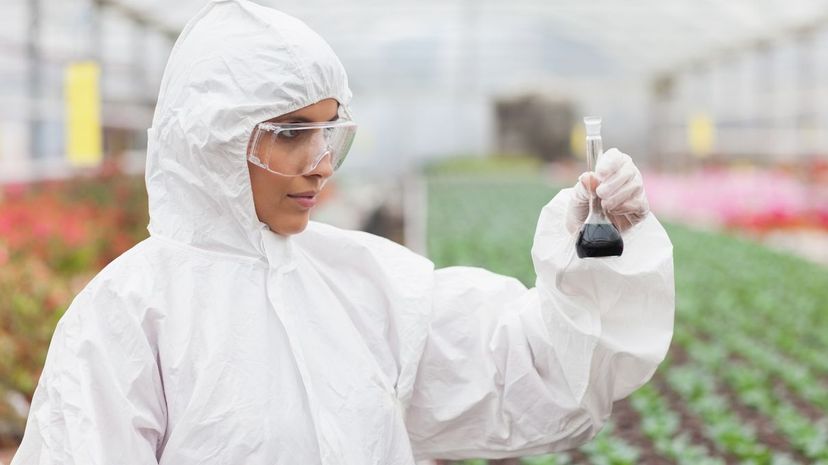
Just as you can measure the pH of water, you can do the same with soil. pH levels range from 0 to 14, with 7 being neutral, below 7 being acidic and above 7 being alkaline. The ideal pH level for most plants is between 5.5 and 7, but most will still be able to adjust and thrive in soil with pH values outside that range.
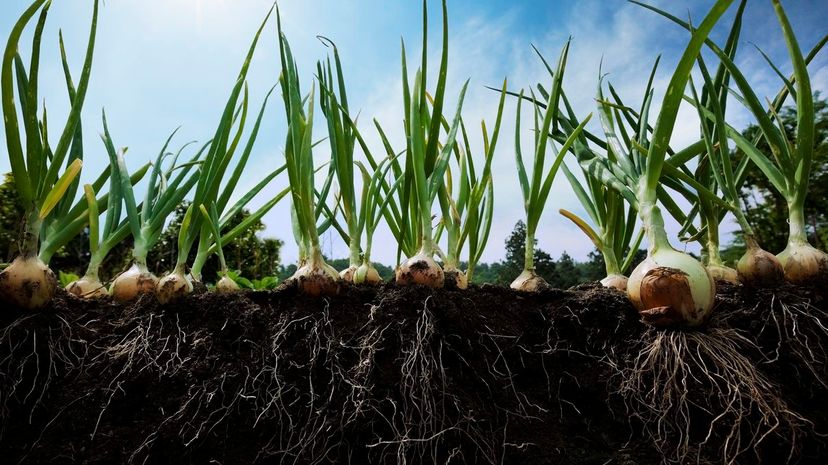
If you have ever gardened or have indoor plants, you surely have seen the massive amount of roots a plant can grow. This is so they can reach further away from the plant to absorb as much water as possible. But be careful, you can always over-water a plant. There's only so much water it can take in at a time!

While fruit is wonderfully delicious and is eaten by humans, animals and insects alike, it actually serves a purpose for the plant on which it grows. Whether it is a larger pit like you see in peaches or a number of seeds like in strawberries, fruits grow in order to protect seeds until it is time for them to be planted elsewhere and grow.
Advertisement
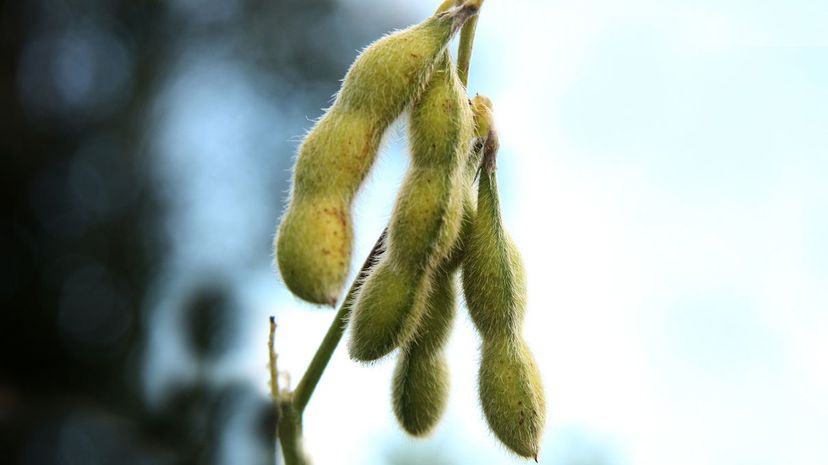
Soybeans are packed with protein, calcium, and iron, making for a great alternative to meat. You can prepare them a number of ways including tofu, edamame and tempeh. Even better, in soybean form you can throw them into a number of recipes, making for a solid meal every time!
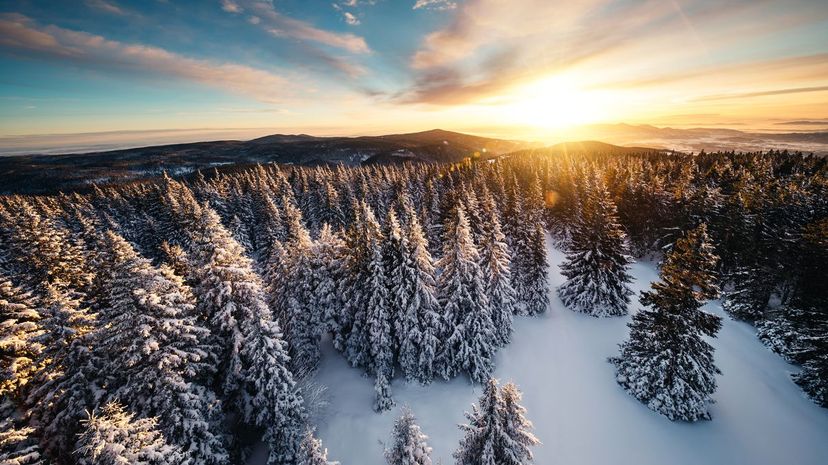
When you think of coniferous plants, think of evergreen trees; there's another variety of coniferous plants that include yews and junipers that do actually produce berries, making them an exception to the "rule" of being coniferous. You can find these types of plants in mountainous areas often.
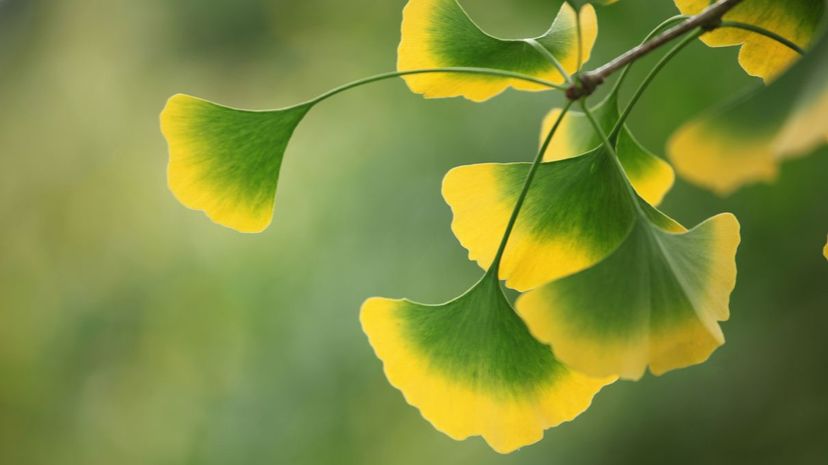
The ginkgo biloba, otherwise known as the maidenhair tree, has no living plant relatives, but its leaf imprints have been found in fossils from the Jurassic and Triassic periods dating back 135 to 210 million years ago. Since then, the plant's unique, fan-shaped leaves have changed very little, making a convincing argument for it being a living fossil.
Advertisement

Angiosperms make up about 300,000 species of flowering plants, which is the largest and most diverse group of plants within the whole Plantae kingdom. To give an idea of how vast that is, this group makes up about 80 percent of all known plants now living on Earth.

When birds and mammals feed on plants, they ingest their seeds and thus carry them "with" them for long distances. Once the seeds pass through them, they root themselves in the ground and grow where they landed. Another way a plant's seeds are dispersed is simply by them dropping to the ground beneath the mother plant.

The papyrus plant produces a thick, paper-like material that was once used in ancient Egypt and other Mediterranean societies. In fact, the word "paper" is derived from the word "papyrus" which is derived from the Greek word "papyros".
Advertisement
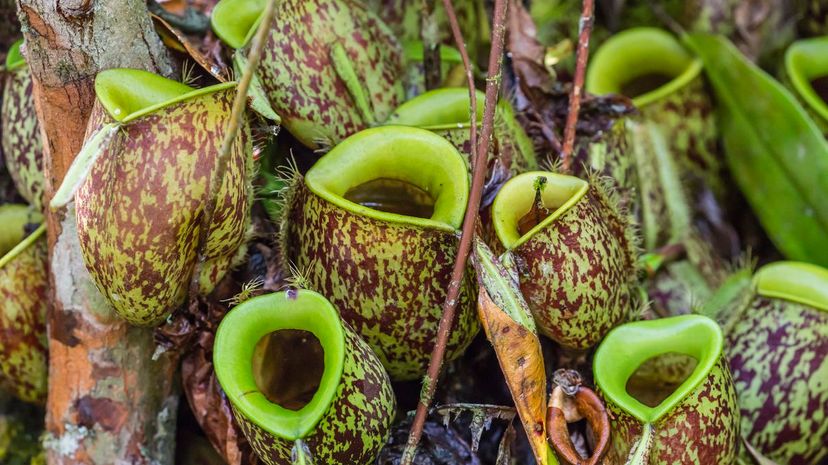
The pitcher plant has a number of varieties within this species of carnivorous plant, but ultimately they all function the same. This plant produces bulbs that have little pools of sweet nectar at the very bottom, which entice insects to drop in. Once they are in, the pitcher will close on the insect, trapping it, then consuming the insect and its nutrients.
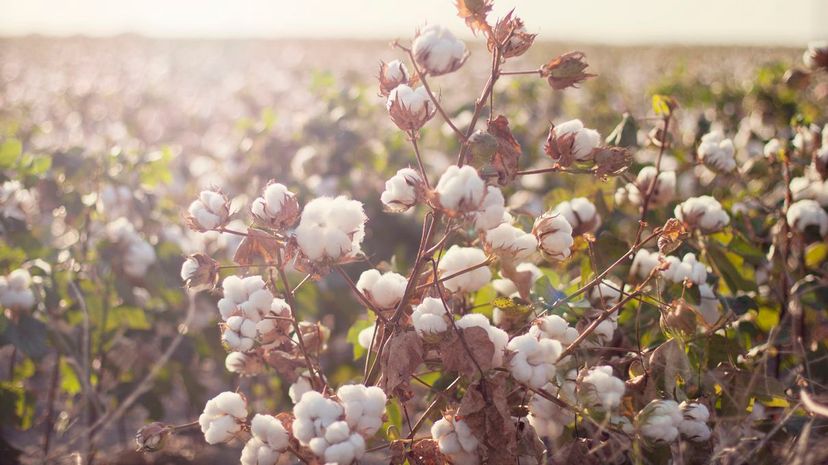
The cotton plant has been important for quite some time; originally its fiber was used to produce clothing, but with the onset of technology all of the parts of the cotton plant are very useful, including its seeds, making it a valuable plant to have.
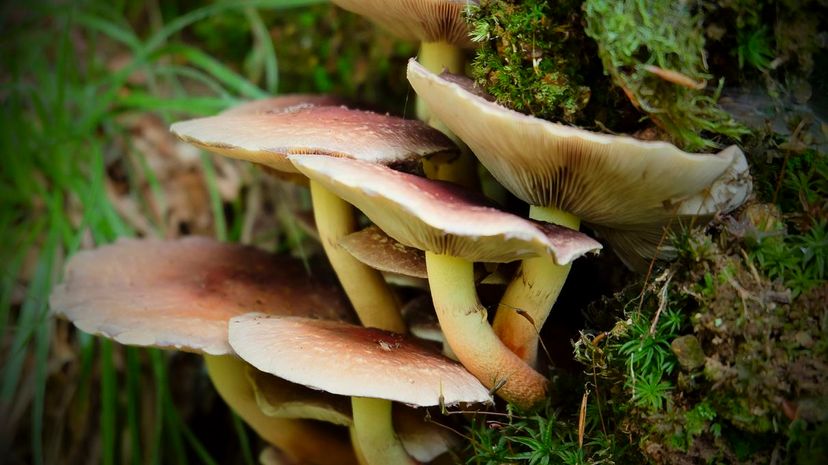
While mushrooms are classified as a fungi, we do find them all over other plants, especially trees. This isn't necessarily a bad thing though; because mushrooms' mycelium (vegative part of the mushroom) can spread over great distances, they can actually capture water and nutrients from far away and bring it back to the tree, helping them grow.
Advertisement
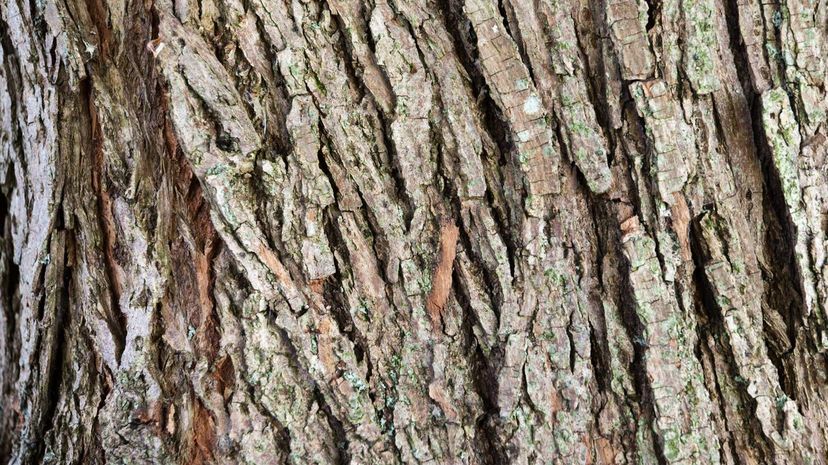
Plants truly are amazing, right? Even aspirin once came from the bark of a willow tree; the active ingredient in the medicine is called salicin. People today will actually still sometimes use salicin as an alternative to over-the-counter medicine, especially to treat chronic headaches or back pain.
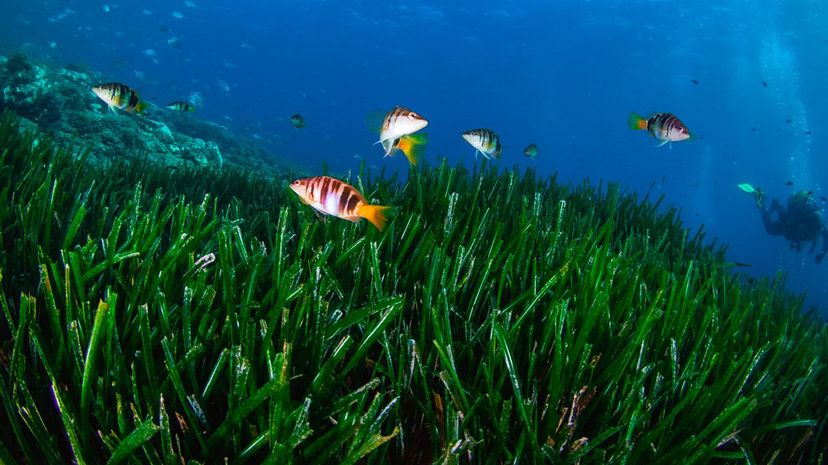
When we talk about specific areas in the world that have the most vegetation, hands down it is the ocean! From seaweed to kelp, 85% of the world's plant life lives in our oceans. Makes you really want to ensure the safety and longevity of our waters now, right?
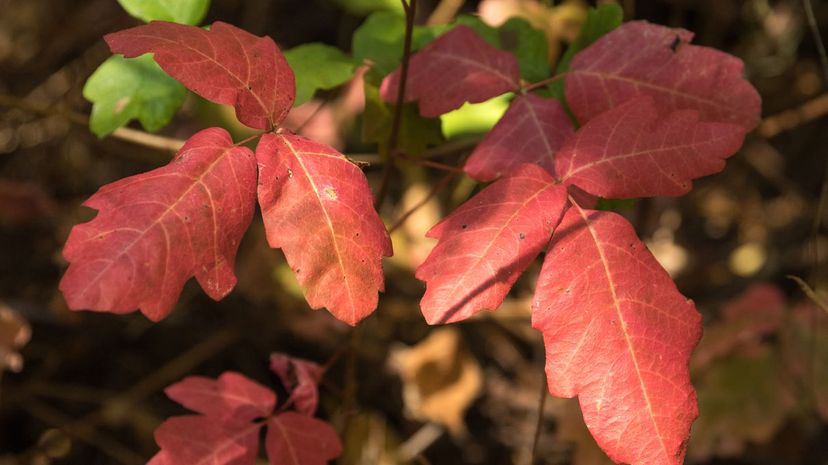
Sure, there is a whole plethora of plants you want to avoid in nature (and for a number of reasons), but one that you are more likely to run into when on a hike is poison oak. It's fairly easy to identify, though; the leaves do resemble those of an oak tree and usually grow in clusters of three. It also usually will bear yellow-green or white berries.
Advertisement
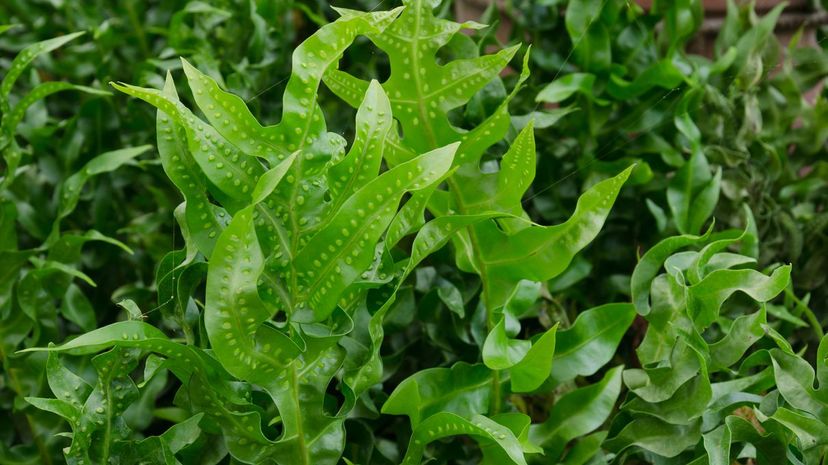
When you hear the word vascular, the human vascular system probably comes to mind. Well, vascular plants have a similar setup; little networks of vessels throughout these types of plants carry water and food to all of the parts of the plant. They have two different types of vessels, too! The phloem is a system that transports the food, while the xylem transports the water.

A plant that is categorized as perennial is one that can live for more than two years, some even beyond three years. Compare this to annual plants that live for one year, and biennials that live for two years, completing their whole biological life cycle in that amount of time.
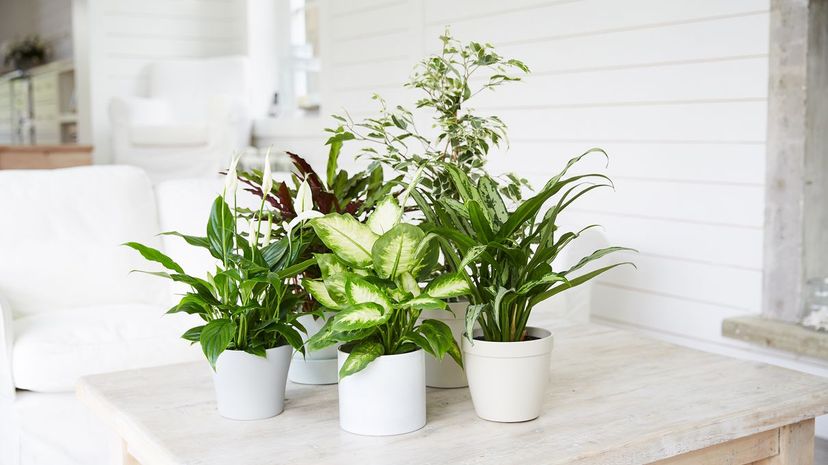
It can be easy to forget to do this, but it is important to rotate your indoor plants so that each side of it gets a good amount of sunlight. This will help produce growth and ultimately keep your plant happy. You'll know it's time to rotate if you start to notice one side having a bit more growth than the other.
Advertisement
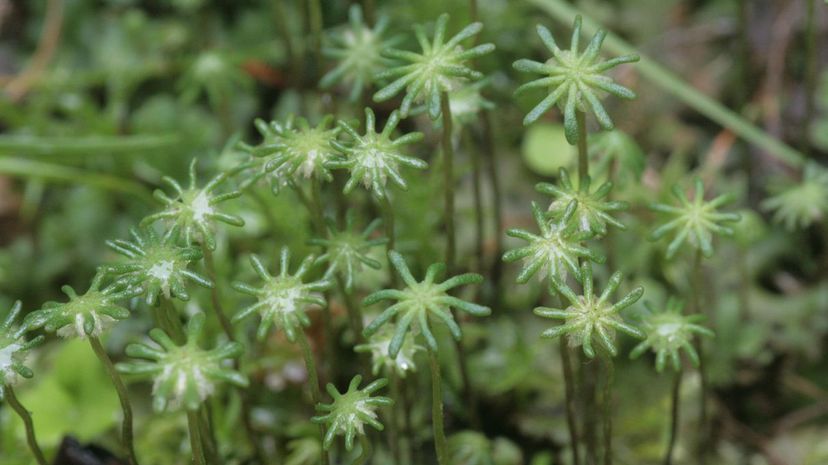
Researchers say that the Earth's first land plants emerged around 470 million years ago, which was during the Ordovician period. These were non-vascular plants like mosses and liverworts. However, the first land fungi first appeared way before these plants did; researchers say those came about around 1,300 million years ago.

When a water lily releases its seeds, they have a coating on them that includes air pockets that allow them to float on the water. Eventually, that coating disintegrates and the seeds fall to the bottom of the pond, becoming lodged in the mud. From there, they sprout and grow a new lily.
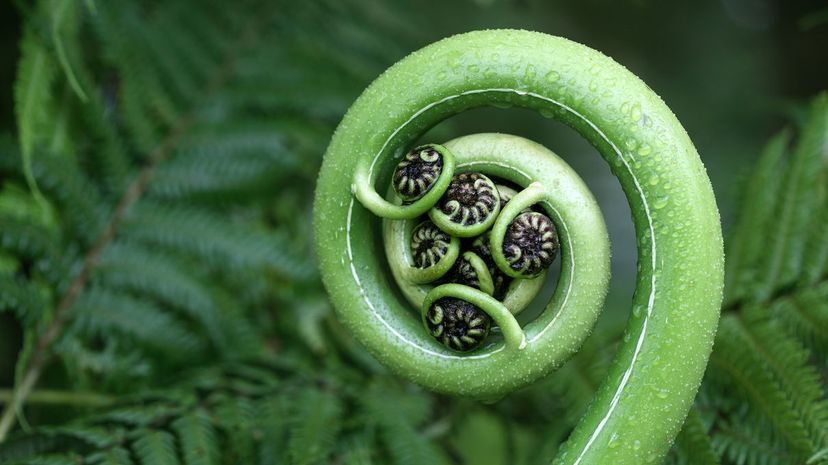
Scientists say that there are around 391,000 species of vascular plants in the world. Of those plants, about 94% percent of them are flowering plants. On the other hand, there are around 20,000 species of non-vascular plants in existence.
Advertisement
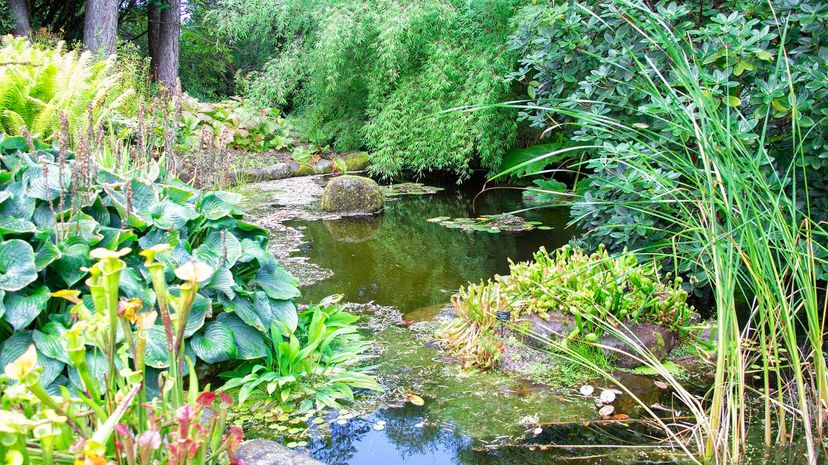
The reality is without plants, most other life forms on the planet would not be able to survive. Not only do plants provide actual literal food for millions of species, but they also convert carbon dioxide into oxygen so we and the rest of the animal kingdom can actually breathe.